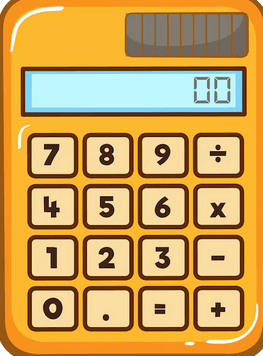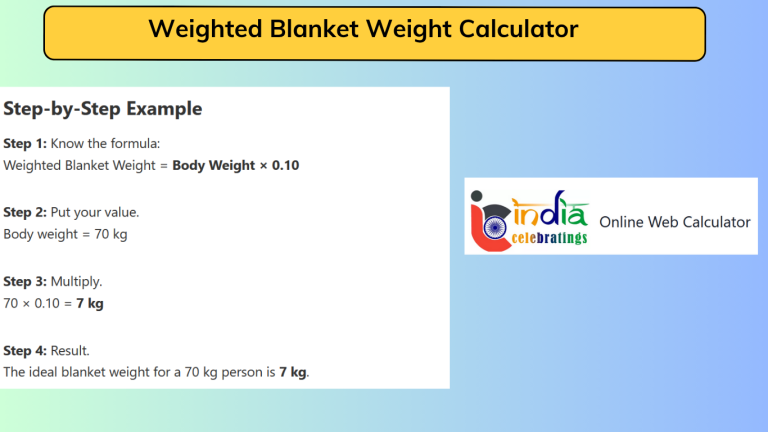Weight Loss Calculator
How many calories you should eat or burn to lose weight?. Track it with weight loss calculator. It uses your age, weight, height and activity level to work out your needs. Then it shows how many calories you can eat to move toward your goal.
In daily life you might plug in your current weight and target weight, and it gives you an intake number. This tool supports your plan and helps you track your progress. It simplifies what could otherwise feel complex.
why to calculate your calorie goal?
Just Imagine an engineer, let’s call her Sara, standing before her team. She is explaining: “I weigh 85 kg and I want to reach 75 kg in three months.” She enters age, height and activity level into the calculator, and sees she should eat about 2,000 calories per day. Then she knows to aim slightly below that to lose weight. This helps her set a clear goal.
When calculating, she learns when to eat less, and why. She sees that if she eats 500 calories less each day, she might lose around 0.5-1 kg per week. She feels in control. The calculator shows her why the plan works and when to adjust meals or workouts.
Step-by-step: calculate your values
- Know the formula: A common method uses your Basal Metabolic Rate (BMR) plus activity level to get your Total Daily Energy Expenditure (TDEE). For example: BMR = 10 × weight(kg) + 6.25 × height(cm) − 5 × age(years) + 5 (for men).
- Calculate BMR: For Sara, let’s assume age 30, height 170 cm, weight 85 kg. BMR = 10×85 + 6.25×170 − 5×30 + 5 = 850 + 1062.5 − 150 + 5 = 1,767.5 calories/day.
- Adjust for activity: If Sara is moderately active (exercise 3-5 days/week), multiply BMR by ~1.55 → 1,767.5 × 1.55 ≈ 2,739 calories/day to maintain weight.
- Set calorie goal for weight loss: To lose weight, Sara chooses a deficit of ~500 calories/day → 2,739 − 500 ≈ 2,239 calories/day. So she aims for around 2,200 calories each day to steadily lose weight.
Here’s a quick trick:
Estimate your maintenance calories by multiplying your weight (in kg) by 30, then subtract ~500 for a safe daily goal. That gives you a manual ball-park. Using an actual calculator matters because it considers your height, age and activity—so your plan fits you, not just a generic number.


